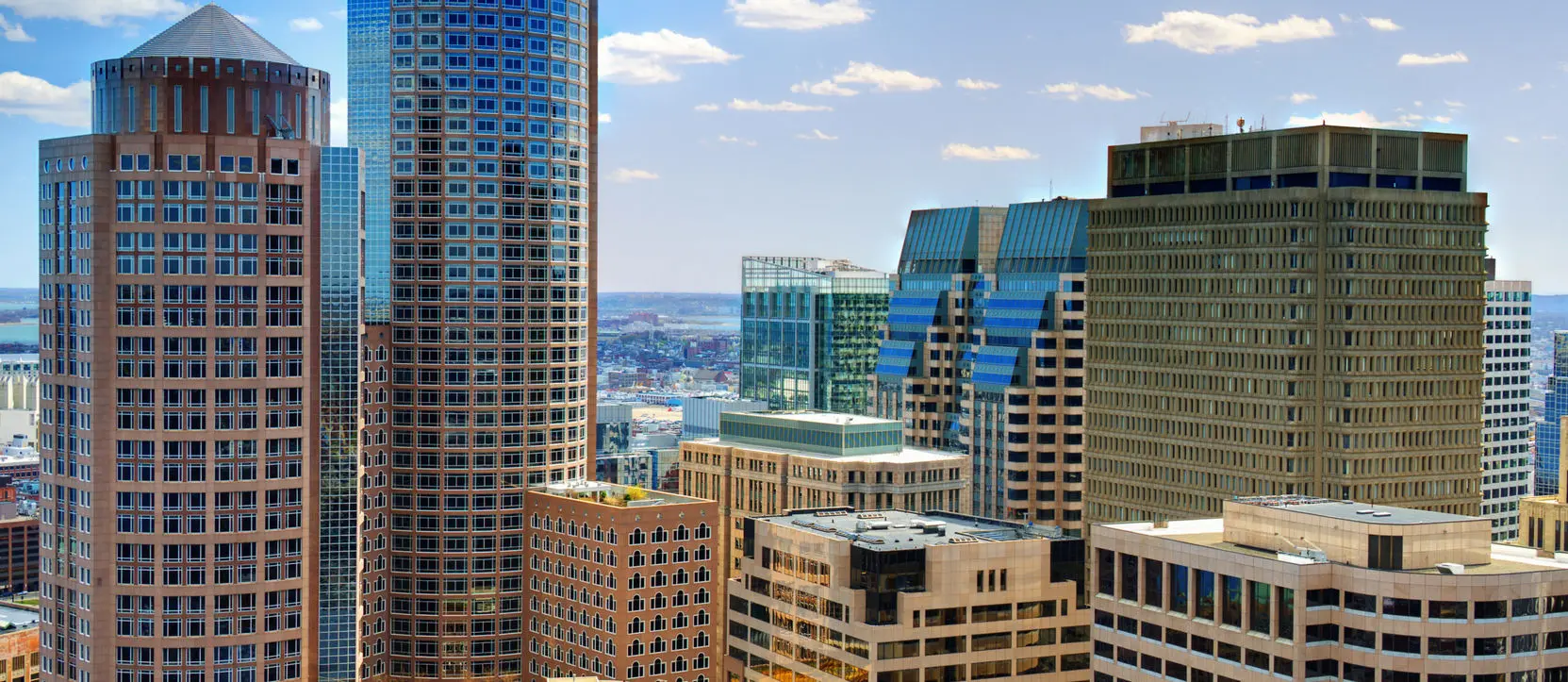An old investing adage says to, “buy when there’s blood in the streets, even if the blood is your own.” Increasingly, we’re seeing risk-tolerant developers adopt this mindset on what might be the bloodiest real estate class on the market today: prestige, urban core office space, which has gone from perennially in-demand to overabundant thanks to the pandemic-fueled remote work revolution. The Boston Globe recently profiled an investor betting big on a revival of demand for flagship office space in Boston’s historic Financial District and Downtown Crossing neighborhoods, and it’s a big bet indeed: a $350 million office tower, 22 stories tall, with room for 1,700 workers. It’s the first large, non-laboratory office project proposed for downtown Boston since the start of the COVID-19 crisis.
Should projects like this be considered pie-in-the-sky naïve? Not necessarily. The pandemic has undoubtedly altered work patterns forever, but those trends are not absolute. More workforce experts, business school professors and senior managers are forecasting a hybrid model for the post—pandemic landscape, where employees have more flexibility to work remotely but remain loosely tethered to a traditional office — even if it’s used more for occasional team meetings and special collaborative events rather than day-to-day work. Under this new system, the need for flagship office space in dynamic urban hubs like Boston is reduced, but still present — and more companies have an opportunity to partake in the system thanks to smaller physical needs.
The design of commercial real estate is also adapting to this new system. New projects are getting proposed and existing properties are being retrofitted to feature extensive air ventilation and filtration systems, which reduces health risks of in-person attendance. Having fewer employees at a given time makes it more possible to achieve essential sustainability and decarbonization improvements., This ultimately helps more projects come into alignment with growing net-zero standards among policymakers. In addition to this, some things like ultra-modern amenities and proximity to cultural and social attractions in hip cities, can never be duplicated in the home office. Developing traditional office space during the pandemic still requires a leap of faith. The BG Strategies team has helped dozens of similar projects achieve success, even in the face of changing market conditions and economic transitions. If you are considering going all-in on office space at this time of high-risk, high-reward levels, we have the knowledge and tools to help you succeed.


